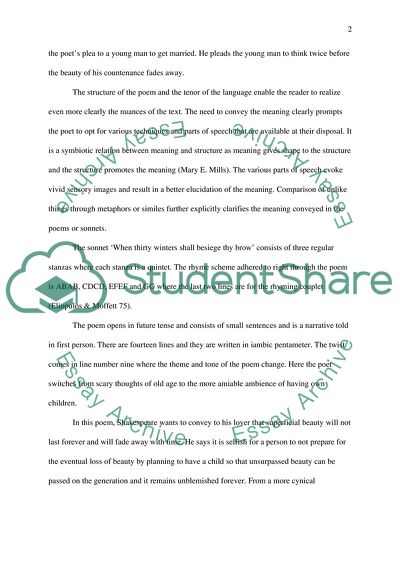Cite this document
(Poems by Julia Ward Howe and William Shakespear Book Report/Review, n.d.)
Poems by Julia Ward Howe and William Shakespear Book Report/Review. https://studentshare.org/literature/1745155-analyzing-2-poems-julia-ward-howes-battle-hymn-of-the-republic-and-william-shakespears-when-forty-winters-shall-besiege-thy-brow
Poems by Julia Ward Howe and William Shakespear Book Report/Review. https://studentshare.org/literature/1745155-analyzing-2-poems-julia-ward-howes-battle-hymn-of-the-republic-and-william-shakespears-when-forty-winters-shall-besiege-thy-brow
(Poems by Julia Ward Howe and William Shakespear Book Report/Review)
Poems by Julia Ward Howe and William Shakespear Book Report/Review. https://studentshare.org/literature/1745155-analyzing-2-poems-julia-ward-howes-battle-hymn-of-the-republic-and-william-shakespears-when-forty-winters-shall-besiege-thy-brow.
Poems by Julia Ward Howe and William Shakespear Book Report/Review. https://studentshare.org/literature/1745155-analyzing-2-poems-julia-ward-howes-battle-hymn-of-the-republic-and-william-shakespears-when-forty-winters-shall-besiege-thy-brow.
“Poems by Julia Ward Howe and William Shakespear Book Report/Review”. https://studentshare.org/literature/1745155-analyzing-2-poems-julia-ward-howes-battle-hymn-of-the-republic-and-william-shakespears-when-forty-winters-shall-besiege-thy-brow.


